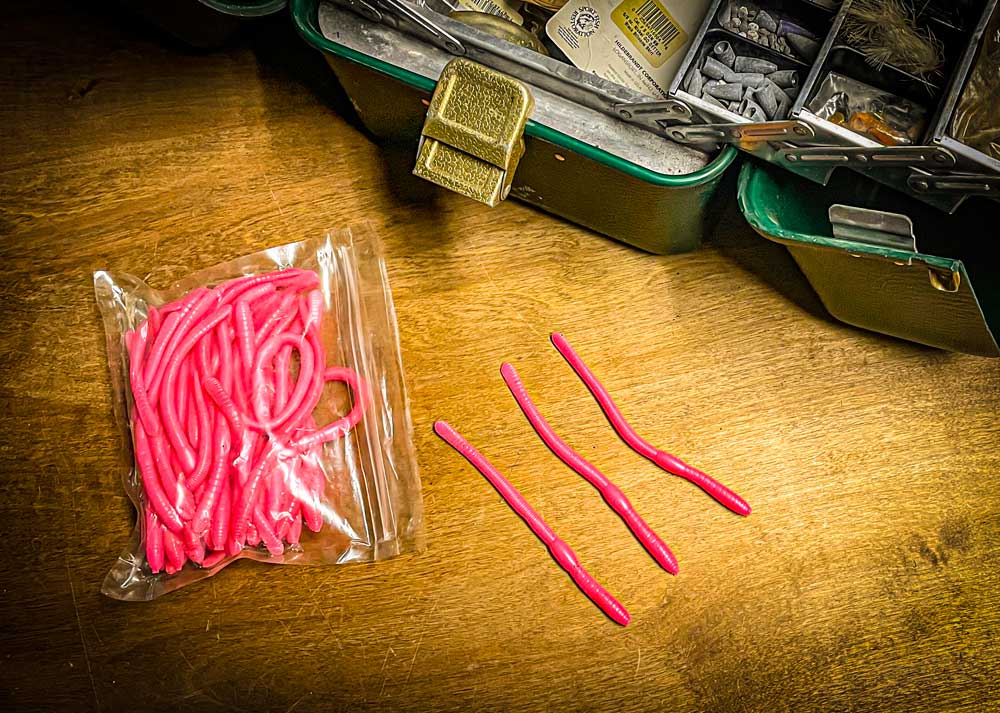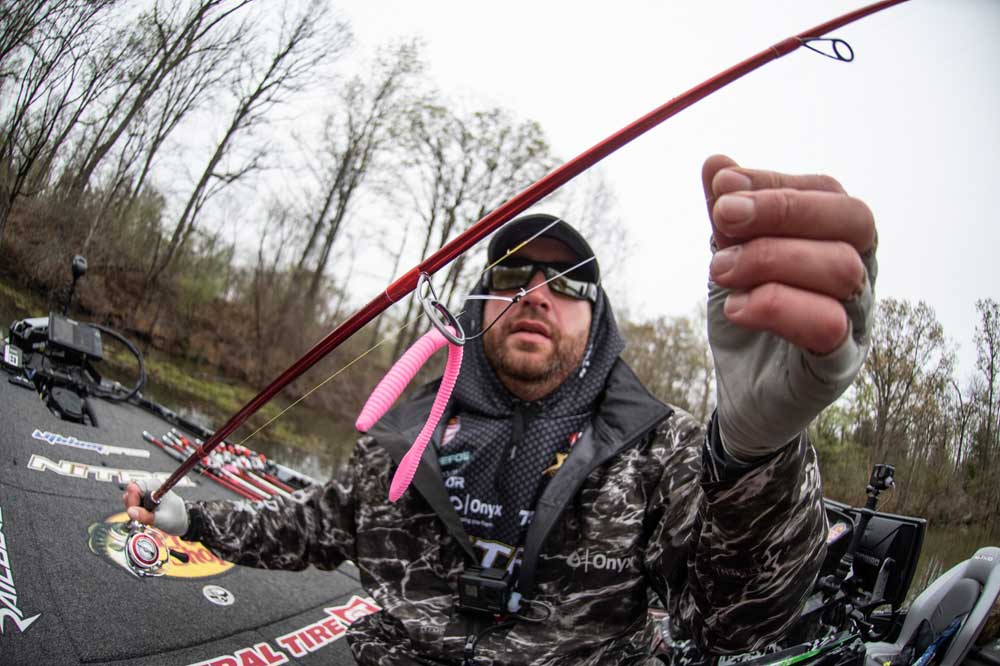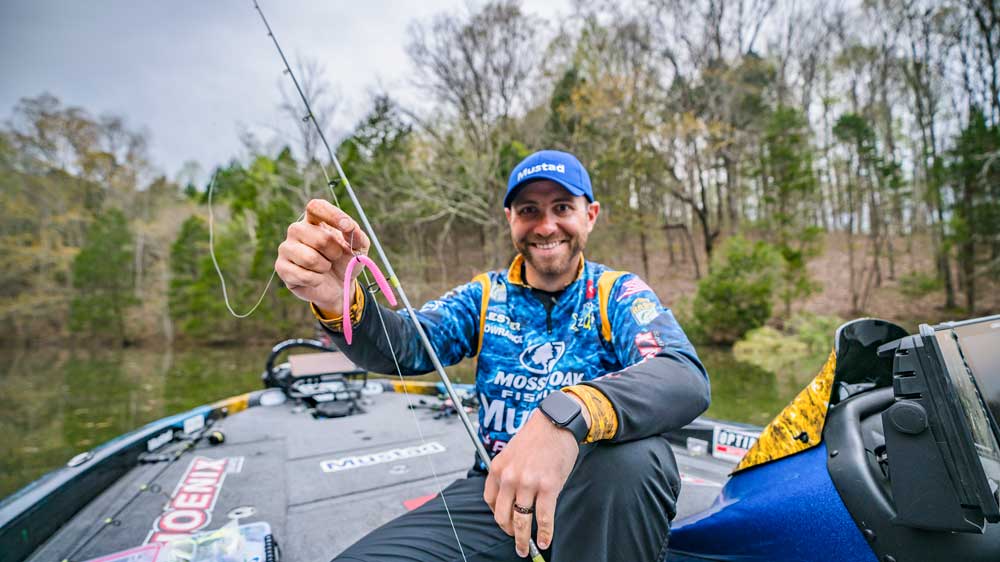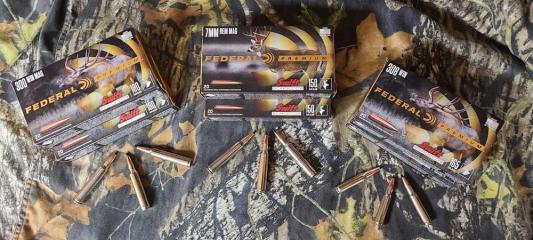J.D. Blackburn
I grew up in the ‘70s and '80s in South Carolina, and my dad fished every Saturday. He fished with friends from church a lot and would drive 90 miles to fish as far away as Lake Murray or Lake Hartwell. Until I got a little older, I usually fished with him on the closer trips to Lake Bowen, a smaller municipal lake.

One of my most vivid memories from those days was when my dad started fishing with "floating worms." Pink floating worms. It was springtime, and the fish, big ones, were just absolutely devouring them. It was a new technique, and the fish couldn't resist.
To test my recollection, I asked the 1999 Bassmaster Classic champion and current Bassmaster television commentator Davy Hite about the floating worm craze. Hite is a life-long South Carolinian and fished Lake Murray and other South Carolina lakes, and fondly remember the floating worm heyday of the early to mid-1980s.
"I had used the same floating worms in the 1970s on a Carolina rig, but then in the early 80s, we started fishing them on the surface. It was an awesome bite while it was red hot," said Hite.
I was glad to know that my dad was "in the know" on a hot technique like the floating worm. He learned how to fish it properly, too.
The trick, he would say, was to let the fish eat the worm and then count to ten before setting the hook. The fish wouldn't hook up if you set the hook before that. I remember him telling his "excitable" fishing buddies to count to 20 by twos, the theory being they might have to think about it a little longer than zipping through one to ten in less than two seconds.
Hite had a little different spin on the hookset. "It was pretty clear water, so you could usually wait until you could no longer see the pink lure in the fish's mouth. On surface baits, the fish often don't get the hook but instead the tail, and it takes them a little bit of time to get it in their mouth. I relied on my eyes, but counting works, too."
Dad would get home late Saturday afternoon, and the bottom of his ProCraft boat would be littered with pink worms. I would bag up the ones that weren't torn entirely in half in little plastic bags and put them in my tackle box.

We moved from the Palmetto State not too long after the floating worm craze started, so I never got to really experience the springtime floating worm bite in South Carolina firsthand. But, whenever I saw those pink worms in his tackle box, I was reminded about it.
I moved to Tennessee for college in the mid-90s and then bought my first boat 18 months or so after graduating college, getting married, and buying a house; in that order. My home lake, Percy Priest, which reminded me a lot of the lakes in South Carolina, was full of fish, and I was catching a lot of fish on spinnerbaits.
Somewhere, most likely Bassmaster magazine, I read about guys using a "floating worm" in the spring and found out it was actually a Zoom trick worm, either pink or white. I didn't have access to my dad's tackle box and his floating pink worms at that time, but I did go out and buy some pink trick worms.
And they worked. Around the mid-lake part of the lake, the water was the perfect clarity to where you could see the fish coming for the bait if the water was calm and the anticipation was palpable. I missed the first few fish because I set the hook too soon, but I recalled my dad's advice to count. While I never made it through one of his ten counts, I did let the fish get the bait and turn its head. I caught a ton of fish that year on the pink worm, on Percy Priest, and down on Lake Guntersville in Alabama.
I experimented with rigging methods; spinning gear versus casting, using a swivel versus not, putting a bend in the worm versus straight, and finally got to a rig I was comfortable with - a spinning rod with braided line to a fluorocarbon leader. It's the same rig that all the pros use nowadays. The braided line doesn't coil up and is much easier to cast, even skip.

I pulled the hook further down in the worm (rigged Texas-style) and then put a little kink in it. It would "walk the dog" back and forth and stay in likely spots for a while when it stayed rigged properly. It sort of sashayed back and forth, and the fish loved it.
The Ultimate Guide to the Texas Rig: Setup, Use and More
I honestly thought everyone fished the floating worm like this, but I've since watched pros fish hook it wacky-style (in the middle) instead of using my method.
In 2020, I was fishing with Mossy Oak Pro Brandon Lester on Tims Ford Lake in Tennessee, and he pulled out a pink worm. He rigged it wacky-style and caught several nice fish. Once we had the pictures we needed that day, I picked up one of the worms and made some casts with my Texas-rigging style. Brandon actually noticed the rig and said he had never seen that method before and liked how weedless it was.
I checked back with Lester this week and asked if it was time for the trick worms, and he said it was getting close. He mentioned he still fishes the worm wacky-style but does Texas rig it some around heavy cover.
Ironically, I've never pulled out any of the actual pink floating worms of Dad's and fished with them. They sit on the shelf next to his old tackle box with some other worms he was fond of using. When he passed away in November of 1999, he and Mom had moved to Tims Ford Lake, and we had planned on pulling some of those worms out the following spring.
That trip with Brandon makes me think Dad, and I probably would have done pretty well with his worms on that lake.





























